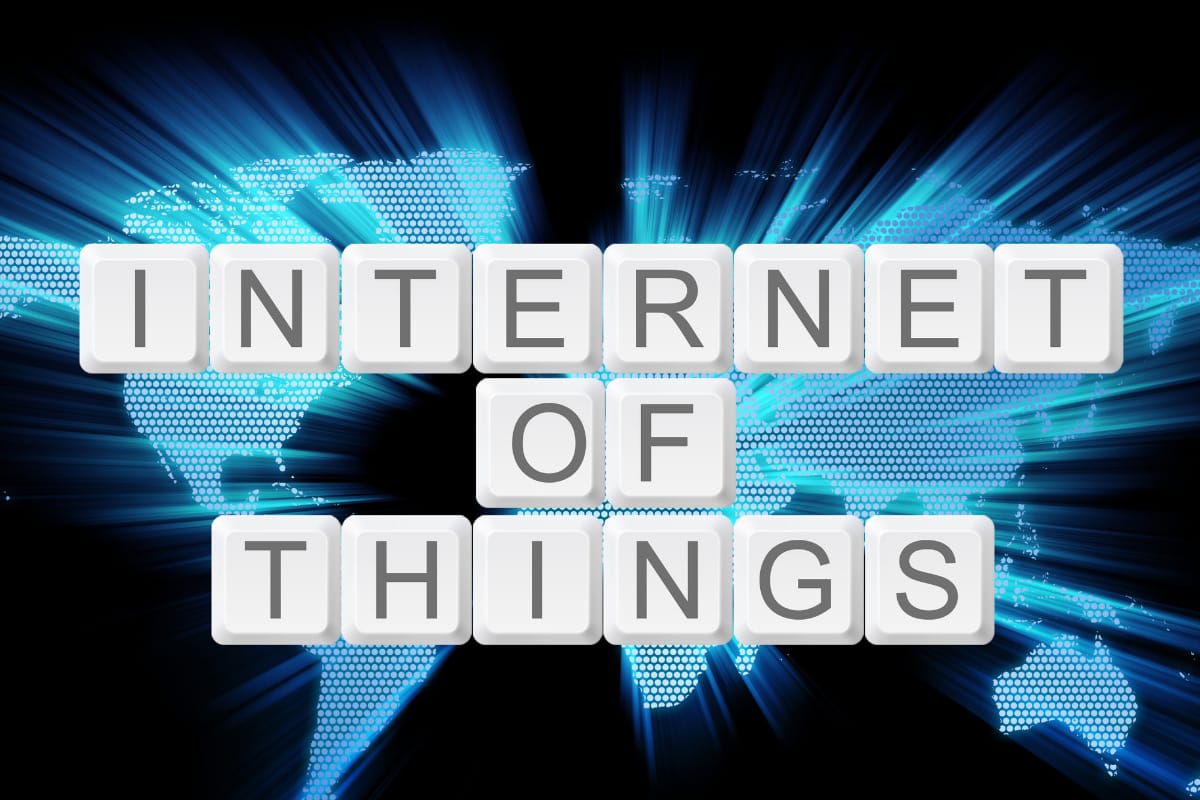Over the past decade or so, the internet of things (IoT) has exploded in popularity, with no signs of the growth of interconnected devices slowing down.
According to a report by IDC, it is expected that there will be over 41 billion connected devices on the market by 2025, a notable increase from the 8 billion that was recorded in 2017.
The growth of interconnected devices that can communicate and share data with each other over the internet has the potential to truly revolutionize every industry, but especially healthcare.
In healthcare marketing, however, its growth comes with it a reminder that marketing efforts must align with industry best practices, compliance, and regulations.
In this piece, we will look at the privacy and compliance implications every healthcare marketer needs to know.
But are IoT devices HIPAA compliant?
The internet of things (IoT) has the potential to improve healthcare, specifically patient care. Connected devices can be used to monitor patients’ health remotely, track vital signs, manage medication adherence, improve equipment management and staffing at hospitals, and more.
The Health Insurance Portability and Accountability Act (HIPAA) sets standards for protecting the privacy and security of patient health information (PHI).
Marketing materials containing PHI must comply with HIPAA regulations. Providers must obtain written consent from patients before using their PHI in marketing campaigns, and ensure that all PHI is stored, transmitted, and used confidentially.
One of the most common ways healthcare marketing violates HIPAA is through the unauthorized disclosure of PHI. Even if a patient signs a form that allows their information to be used for marketing purposes, if the form is unclear or misleading, it is not HIPAA-compliant.
Using third party tools to capture and analyze PHI data for campaign purposes is another common HIPAA violation. When an outside source (a third party) collects the data, sends it to their own servers to analyze it, and then sends it over to the healthcare systems servers, this is considered a violation. Most third-party datasets are created or supplemented with third-party cookie data, which means the accuracy, availability, and effectiveness of it is unknown.
Violating HIPAA can have profound consequences for healthcare providers and other organizations. The Office for Civil Rights (OCR) can impose significant fines for violations – ranging from $100 to $50,000 per violation, up to $1.5 million per year. In addition to the financial penalties, organizations that violate HIPAA will face massive negative publicity, damage to their reputation, and legal action from patients.
It is in one’s best interest, then, to stay HIPAA compliant. Marketers need to adapt their data strategies accordingly.
Here are some key considerations for ensuring HIPAA compliance while using IoT devices.
IoT devices can be especially vulnerable to hacking, as unauthorized access to sensitive healthcare information contained on the device can be transmitted via wireless networks.
Put privacy & security at the forefront: Connected devices must be secured against unauthorized access and cyber-attacks through encryption, firewalls, and regularly updating software and firmware.
Providers should plan to conduct regular risk assessments and have policies and procedures in place to address security breaches.
At the same time, providers should ensure that any PHI collected or transmitted by IoT devices is secured and accessed only by authorized personnel.
Have a data management plan in place: Providers should take a close look at how they manage, collect and store data by IoT policies. Data retention policies and procedures and data backup and recovery plans are critical. Consider first-party data over third-party. First-party data is data a brand collects via their direct relationship with customers, through first-party cookies on their own web properties, CRM platforms, and owned marketing channels. First-party data is the data that defines your customers’ experiences with your brand.
Consider consent: Patients must be informed about the type of data collected, how it will be used, and the security measures in place to protect their privacy.
Remember the BAAs: Providers must have a business associate agreement (BAA) in place to ensure that the vendor or service provider of a connected device complies with HIPAA regulations.
Closing Remarks
Healthcare marketing is a critical component of the healthcare industry. It enables providers to communicate with patients, educate them about new treatments, and promote their services. But there are strict regulations governing the use of patient information in marketing campaigns, and violating these rules can have serious consequences.
It is important to know how HIPAA regulations apply to healthcare marketing with connected devices and what steps organizations can take to ensure HIPAA compliance in all marketing efforts.

Tiffany Staples
Tiffany Staples is VP, Marketing for D4t4 Solutions.







